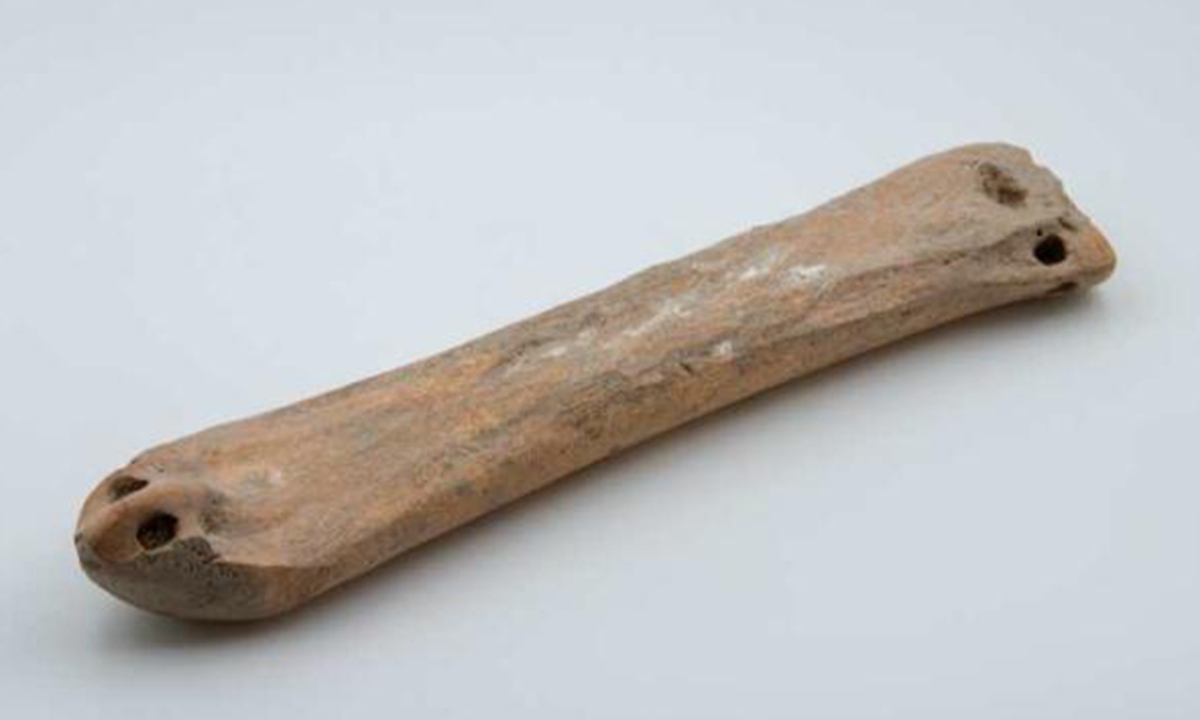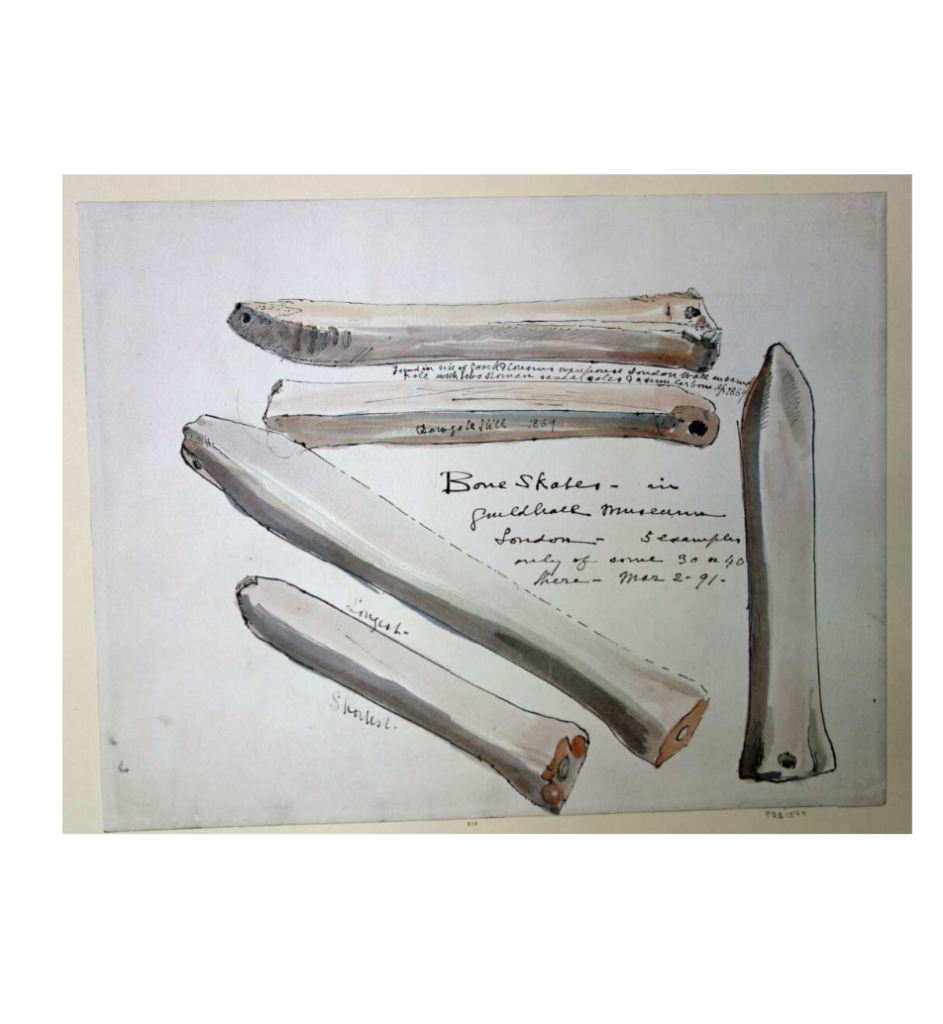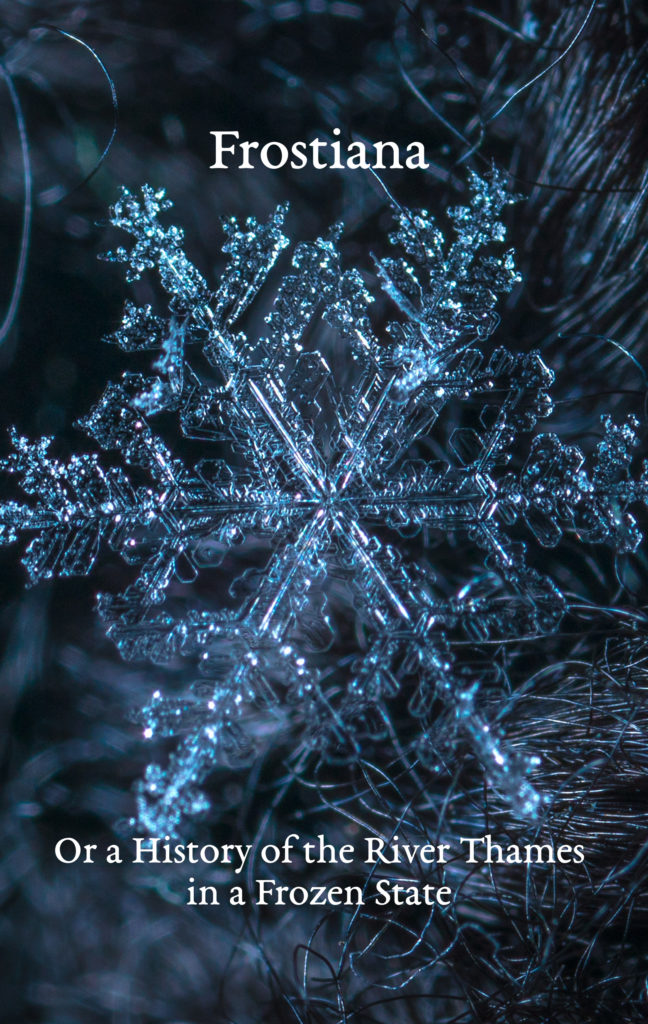Internet, stop saying it was.
The idea that ice skates made from animal bones first appeared in Finland is based on a paper published in 2008 in the Biological Journal of the Linnean Society. The authors, two biomechanics researchers from Manchester Metropolitan University, measured the metabolic cost of skating as compared with walking, then ran computer simulations of traveling via ice or on foot (walking in snow) in the Netherlands, Germany, Sweden, Norway, and Finland. They concluded that
the present study supports the hypothesis that, in the second millennium BC, and compared to populations living elsewhere, ancient Finns were more likely forced to develop a tool that helped them save energy from travelling.
Formenti & Minetti 2008, p. 6.
Note that this doesn’t actually say that ancient Finns developed skating. All they’re saying is that, of the five countries they analyzed, skating gives people the greatest metabolic advantage in Finland—assuming skating was used for travel. That conclusion has been taken out of context and revered as truth by the internet. Somehow it morphed into archaeologists finding 5000-year-old bone skates in Finland, which never happened.
Unfortunately, Formenti and Minetti were not familiar enough with the archaeological evidence to pick the right places to analyze. Had they read further into the archaeological literature, they would have found Arthur MacGregor‘s description of possible Bronze Age finds from central Europe and “well-stratified Iron Age examples” from central Germany (p. 64) as well as the thorough discussion of Bronze Age skates from Hungary in “Skating with Horses” by Alice Choyke and Laszlo Bartosiewicz, among other fantastic references published before their article. Surely then they would have included central Europe (which MacGregor proposes as the homeland of ice skating (p. 67)) in their analysis.
Instead, they perpetuated the myth of skating history that connects the origin of skating with the Northern peoples. I wrote a paper about such mythologizing a couple of years ago. In that vein, how well Formenti and Minetti’s idea has spread is really interesting because of how it highlights the prestige accorded numerical simulations in recent years—it has been picked up by popular news outlets despite conflicting with what archaeologists have been saying for decades.
As for the date, I have no idea where the “5000 years ago” date for the first skates that keeps surfacing is from. The oldest skates that have been found in Finland so far date to the 14th century AD, i.e., the 1300s AD. The skates from central Europe go back at least that many years BC—to the second millennium, which is the timeframe Formenti and Minetti suggest. The skates recently found in China are only 3500 years old. They fit in with what I proposed in my book: like the archaeologists, I put the origin of ice skating in or near the Eurasian steppes.
References
A. M. Choyke & L. Bartosiewicz. 2005. Skating with horses: Continuity and parallelism in prehistoric Hungary. Revue de Paléo-biologie, spéc. 10:317–326.
Arthur MacGregor. 1976. “Bone Skates: A Review of the Evidence.” Archaeological Journal 133: 57–74.
B. A. Thurber. 2020. Skates Made of Bone: A History. Jefferson, NC: McFarland.
B. A. Thurber. 2021. “The Myth of Skating History: Building Elitism into a Sport.” Leisure Sciences 43.6:562–574. doi:10.1080/01490400.2020.1870589















